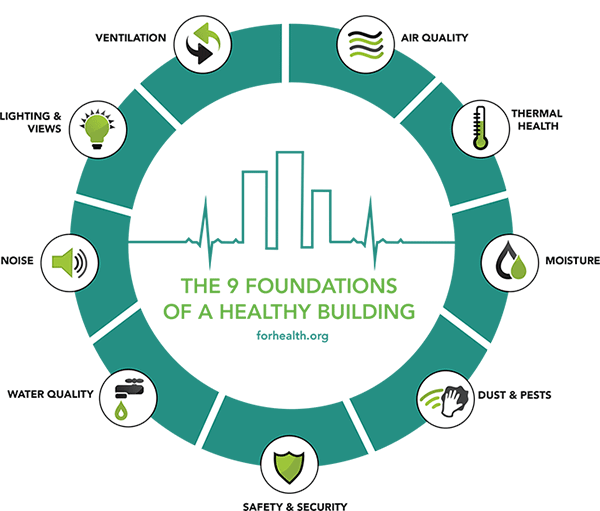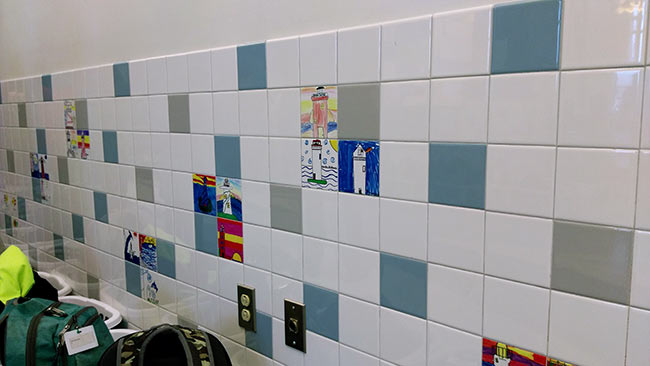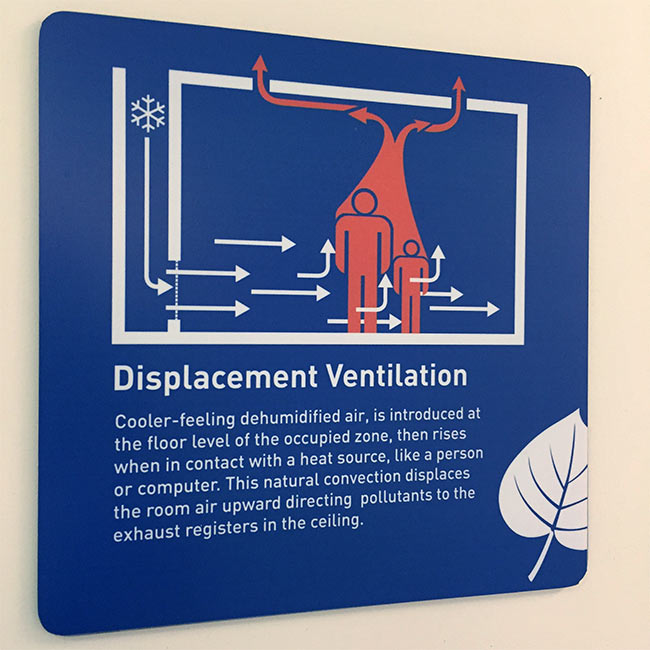By Anonymous (not verified) | Fri, April 7, 17
I come from a long familial line of school teachers – my mom, one aunt, both sisters, and my brother (for a short time) all taught children of varying ages. Even though I chose not to pursue a teaching career (public relations is honorable too, right?), I value education and all of the components that come with it.
One component – often overlooked, yet very important – is a healthy learning environment. The actual building, classrooms, auxiliary space, and everything else inside a school are very important. Twenty percent of Americans learn and work in schools every day. The average student, upon graduating high school, has spent more than 15,000 hours in a school. Home is the only other place where a student spends more time.
Home is where the heart is, but school is where the mind is
Yet, as important as these buildings are, according to the Coalition for Healthier Schools, “out of the nearly 100,000 public school buildings in the country, more than two-thirds are estimated to have at least one dire infrastructure problem“. There have been numerous studies and reports, including Harvard University’s Schools for Health report, outlining the direct link between a school’s poor indoor environment and higher rates of asthma and other respiratory ailments, absenteeism, fatigue, and impaired cognition and memory.
Something has to change.

Enter the Coalition for Healthier Schools. Organized by the Healthy Schools Network – a 501c3 widely recognized as the nation’s leading voice for children’s environmental health at schools – the Coalition celebrates National Healthy Schools Week to bring attention and awareness around the importance of healthy learning environments.
This year, NEEP partnered with the Healthy Schools Network and celebrated with a tour of a high performance school on April 4, dubbed National Healthy Schools Day. I was lucky enough to visit the Francis T. Bresnahan Elementary School in Newburyport, Massachusetts and, I wasn’t disappointed with this school’s effort to create a healthy, safe, inclusive, and modern facility.
Bresnahan as an Exemplar
Breshnahan is a three-year old Collaborative for High Performance Schools (CHPS) Certified Leader, meaning it was built to the rigorous criteria originally developed in California and subsequently adapted to fit building codes, climate, and educational priorities of different areas in the country. It is a prescriptive road map for sustainable school design.
But, what you first notice upon entering the school are the many touches of Newburyport, incorporated to bring a community feel to the school. Clipper ships, whales, buoys, porthole windows, nautical flags, and wall tiles hand-painted by students all call to mind Newburyport’s rich tradition as a coastal town.

The aesthetics are meant to entertain and educate, some focusing on the town’s history and other focusing on the healthy learning environments. Signs that educate about the ventilation system, low-flow water fixtures, and sound systems are scattered throughout the building.
What’s most impressive about Bresnahan, though, are the ways in which the building was constructed in order to provide responsive classrooms, individual attention, and the most high quality environment for learning. There are interactive learning spaces for instruction and hands-on learning, movable furniture and flexible fixtures, and multi-functional spaces. These spaces all have displaced ventilation – offering the best air quality with minimum ambient noise, right-sized HVAC systems, and an air-tight building envelope. Not too sexy, I know, but these features make all the difference in determining the health of a building and creating successful students.

Resources
If you’re building a new school or renovating and existing one, you don’t have to do it alone. There are lots of resources available to guide you through the process. Here are just a few:
Collaborative for High Performance Schools (CHPS) – A leading national movement to improve student performance and the entire educational experience by building the best possible schools.
NE-CHPS Criteria – Guidance and verification for new school projects, renovations, and new schools on existing campuses to achieve high performance goals.
NEEP’s Regional Operations & Maintenance Guide – Guidance for state and local jurisdictions to ensure the continued performance of new buildings that are built to green building standards.
Schools for Health – New Harvard report illuminating how the school building influences student health, thinking, and performance.
High Performance Schools Directory – this is an interactive map to locate high performance schools across the Northeast and Mid-Atlantic.
As we wrap up National Healthy Schools Week, I can’t help but note that the time for me to attend a school like Bresnahan has come and gone, but I know one thing for sure, my family would be proud to have the opportunity to teach in such a great environment.
